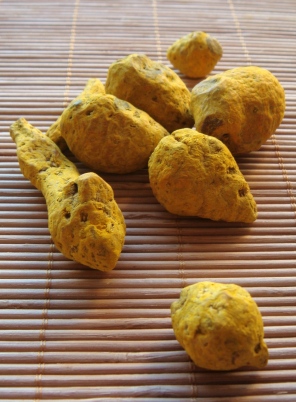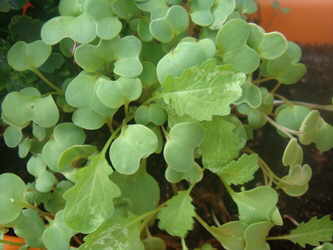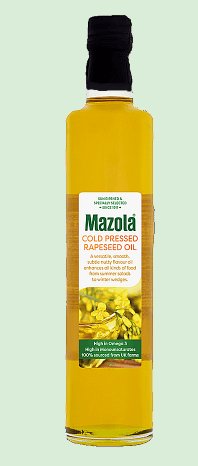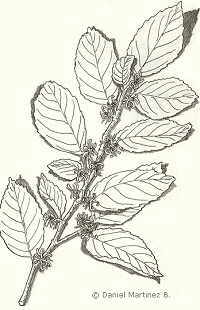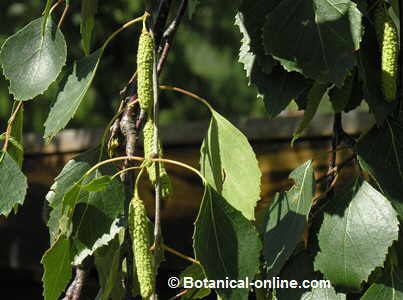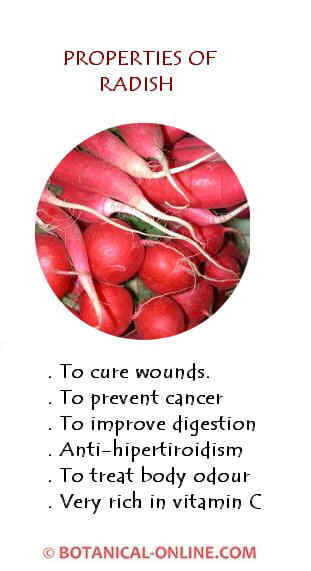Contents
What is resistant starch or retrograde starches?
Resistant starch (or also called retrograde starch) is a separate type of starch, which does not belong to either of two types of generally mentioned starches.(Rapidly digestible starch and slowly digestible starch)
It is a type of starch that is not digestible in the small intestine, but when it reaches the colon, it can be fermented by the intestinal flora, producing short-chain fatty acids and fermentation gases. These fermentation products are very beneficial for the intestinal flora, which is called having a “prebiotic effect“.
It is abbreviated as RS.
How are retrograde starches calculated or quantified?
Technically, resistant starches or retrograde starches are measured as the subtraction of the total starch from a food, minus the two previous types of starches:
Resistant starch or RS = Total food starch – [Rapidly digesting starch or RDS + Slowly digesting starch or SDS]
Types of resistant starches

There are different types of resistant starches, specifically there are 4 types of resistant starch:
- Type 1: Non-digestible starch because it is encapsulated between fibers and other plant walls that prevent the penetration of digestive enzymes or bacteria inside. A clear example is raw whole grains, such as legumes, or seeds.
- Type 2: It is a granulated starch that is difficult to digest, very rich in amylose. It can be understood that starch is natively “compacted” in such a way that it is difficult for enzymes to penetrate it. It is found in raw potatoes, other raw tubers, edible roots, or in plantain.
- Type 3: This is the resistant starch or retrograde starch to which we normally refer, because it is the one with the greatest prebiotic power, that is, the greatest capacity to be fermented by the intestinal microbiota or flora. It is formed by cooling (at refrigeration temperature) a previously cooked food rich in starches.
- Type 4: It is the well-known modified starch that can be read on many food product labels (mostly junk food). It is a type of artificial starch that has been modified in laboratories. It is often used to obtain desired textures in various edible products.
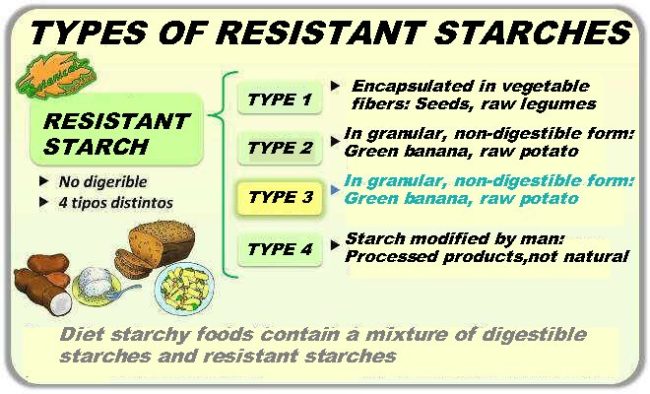
![]() More information on starch and carbohydrates
More information on starch and carbohydrates
17 March, 2020

